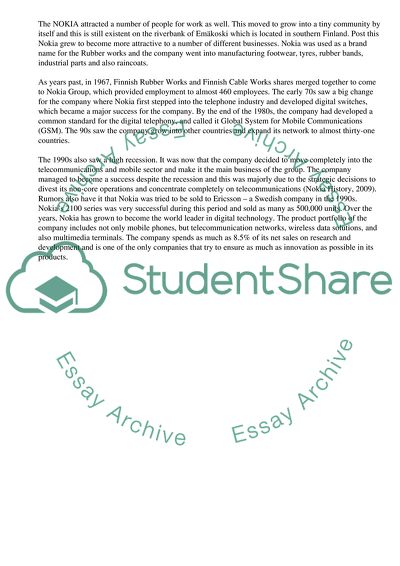Cite this document
(How Nokia Has Been Able to Build Its Market Share across the World Case Study, n.d.)
How Nokia Has Been Able to Build Its Market Share across the World Case Study. Retrieved from https://studentshare.org/business/1721157-business-and-management-challenges
How Nokia Has Been Able to Build Its Market Share across the World Case Study. Retrieved from https://studentshare.org/business/1721157-business-and-management-challenges
(How Nokia Has Been Able to Build Its Market Share across the World Case Study)
How Nokia Has Been Able to Build Its Market Share across the World Case Study. https://studentshare.org/business/1721157-business-and-management-challenges.
How Nokia Has Been Able to Build Its Market Share across the World Case Study. https://studentshare.org/business/1721157-business-and-management-challenges.
“How Nokia Has Been Able to Build Its Market Share across the World Case Study”. https://studentshare.org/business/1721157-business-and-management-challenges.


